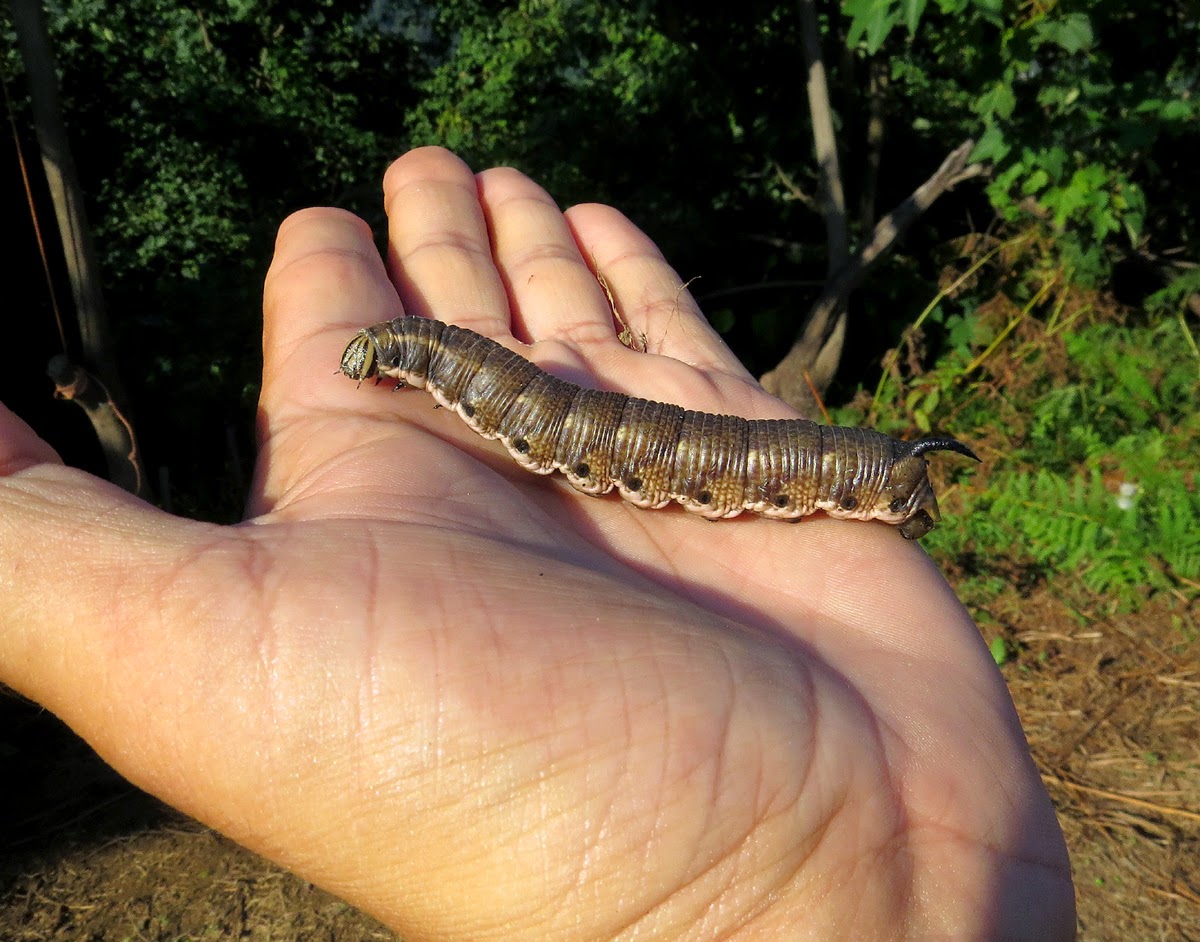| This was the mother of all storms as seen from Station 1 on 29 September. Heavy rain stopped at breakfast time so we headed up the hill to the shelter that is like sheltering inside a cheese grater. Marsh Harriers were already battling against the increasingly strong southerly wind, one juvenile giving up and going back north with the wind. Highlight before the storm truly arrived was a Short-eared Owl emerging from low cloud right in front of our faces. I went back up to the hill at lunchtime during a very brief dry spell and was greeted by Quail, Sibe Stonechats,10 Wheatear and masses of willow/chiffs and Redstarts dropping out of the sky around me. A male Pallid Harrier skimmed the ground 5m away not knowing that I was standing there before continuing south. Alan Dalton joined me on the hill and we counted 1300+ BK and Steppe Buzzards moving south in between the torrential squalls. Even during extreme weather like this migration never stops for some species. |


























